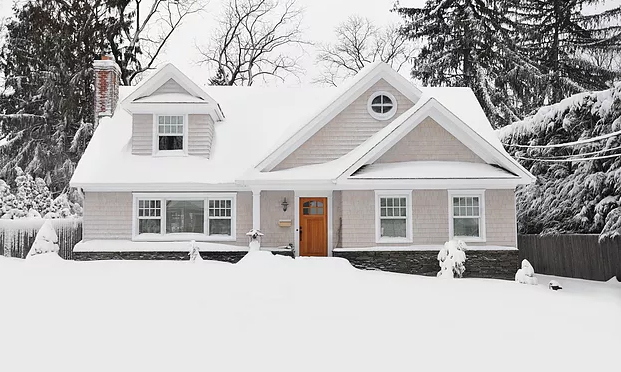As the months get colder and the temperature starts dropping, we immediately take precautions to look after ourselves during the harsher weather. We wrap up warm and sip hot drinks, have snowball fights, and fight over who gets the first go on the broken sled. However, we may not think about the way the weather affects our house, specifically the roof.
Ice dams
Ice dams are the patches of ice and snow that can gather on roofs. They’re quite common and have a high risk of causing leaks when they melt; they can also cause major gutter damage and may even tear the flashing off the roof. Ice dams are most common on a flat roof or low-sloped roofs and the issues caused by them will most likely not be noticed till warmer months, so we recommend you do frequent checks to prevent damage. You can visit www.nextwaveroofing.com for more details.
Roofing Blisters
Another issue that could arise with flat or low-sloped roofs particularly is roofing blisters. These occur when the temperature gets warmer and traps moisture between layers on the roof. These areas will then appear bubble-like. To fix a roofing blister, you have to cut away the membrane until you get to a place where the membrane is still fully attached to the roof. You must then reapply as many layers as possible of membrane that you cut off. Or, if the membrane still seems to be in good condition, you could instead just cut an X shape into the blister so that you can get to the next layer and replace this. It’s worth remembering that these can also occur due to poor installation or poor ventilation.
Thawing
When ice and snow that has built up on your roof melts, it can drip into the smallest cracks on your roof or gutters. This then becomes a bigger issue as it can cause leaks in your home, especially if these cracks begin to grow due to the water refreezing in the cracks. This has the knock-on effect of roof tiles moving.
Snow removal issues
Although removing the snow from your roof seems like the smart thing to do, which it is, it’s worth knowing that this actual process can cause issues if not done right. The most likely issues caused by snow removal are damage to roof tiles and shingles such as punctures; this typically happens as the ice is scraped off.
A build-up of snow and ice
Even though roofs are built to last and maintain their strength, dangerous winter weight can cause many issues. Usually, when rain hits the roof, it just rolls off, creating no weight issue; when snow hits, it most likely sits and builds up and up; ice is also an issue here as it weighs more than snow. This added winter weight can cause leaks, cracks and eventually cause the roof to collapse in severe cases. Again, it’s worth noting the type of roof you have as these issues mainly affect flat and low-sloped roofs.

